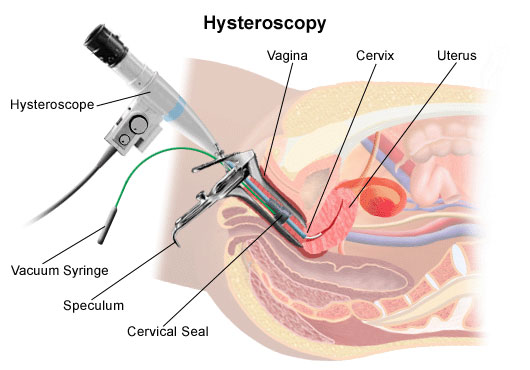
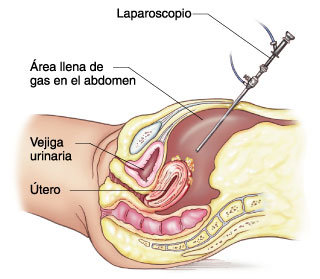
The hysteroscopy is a process for doctor’s to see in the lining of patient uterus with a camera. The doctor’s uses a thin viewing tool, this thin viewing tools known a hysteroscopy. In the examination the hysteroscope inserted into patient vagina and it’s slowly moved by the cervix inside the uterus. A hysteroscopy machine has a camera and light, by the help of machine the doctor can looks the lining on a TV screen.
What is diagnostic hysteroscopy?
The diagnostic hysteroscopy is procedure is used for diagnosis problem of the uterus. It is used to for confirmed of other test like hysteron slpingo graphy. Hysteron Slpingo Graphy (HSG) is an x-ray test it is used to check fallopian tubes and uterus.
The laparoscopy is a process of surgery, this surgery allows to the doctor’s to look inside a women abdominal organs. The laparoscopy machine has a thin, camera and lighting tube, it lighting tube put by the cut or incision in the womb for the see abdominal organ. The using by the laparoscope the doctor’s can see these problems like fibroids, infection, adhesions and cysts.

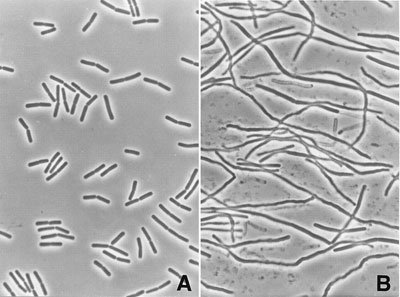
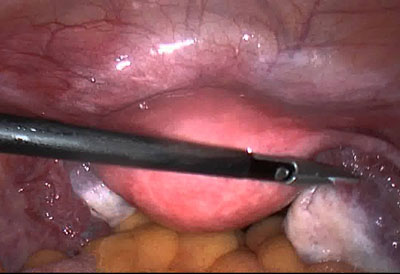
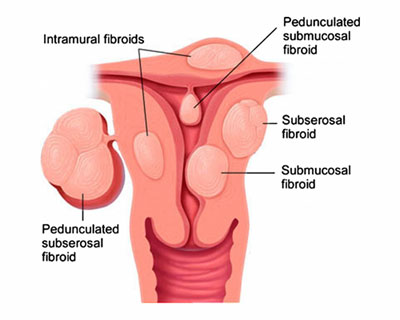
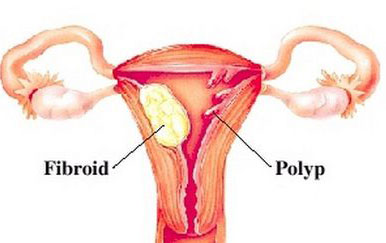
The therapeutic hysteroscopy is a minimal aggressive process, it is used to look and treat areas of into the women’s uterus. Hysteroscopy has developed by the diagnostic procedure into a therapeutic method for a kind of conditions. These equipments designed for the operative procedures. By the therapeutic hysteroscopy application you can improve gynecologic care of the patient’s.
The tubal patency is a procedure of tests, these test useful when the doctors did not detect or uncertain about the blockages in the fallopian tubes. The hysterosalpingography, gas insufflations and laparoscopy tests are same procedure as tubal patency. Before to takes any treatment, the tubal patency testing is required because these tests make unblocked of the fallopian tubes.
The fibroid is also called leiomyomas, fibroid is a tumor of the uterus and the fibroids can be submucosal. The same think that fibroids are developed in the submucosal layer in the inside of the uterus, it is known as submucosal fibroids. In the uterus subserosal and intramural are may be according to their position. Submucosal fibroid is a type of fibroid, it can be diffuse fully in or part in the uterine cavity and they distort it.
The polyp is a small stalk protrusion of tissue, polyp view such as ball on the stalk. The polyp can grow can grow out of the integument lining different place of the body. The most commonly many sites for the polyps involve the intestine, uterus and nose, commonly polyps has been harmless. The treatments and surgery options are depends on the condition of disease.


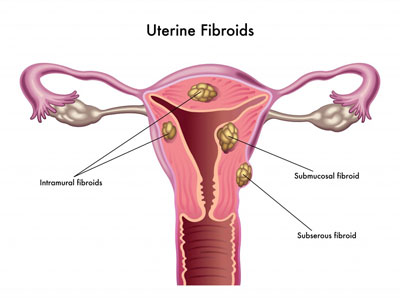
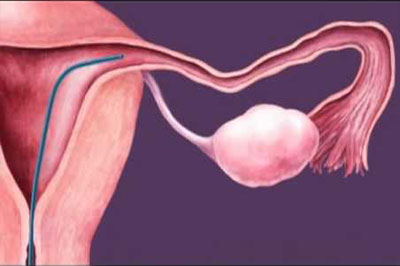
The laparoscopy test is a best test examination with the tubal patency, in the present this test considered to be in best diagnostic test to find or rule of out tubal disease. Although, laparoscopy has some drawbacks, involving probable risks of the surgery and laparoscopy has high cost with anesthesia. The laparoscopy tests is mostly used and Chlamydia antibody, hysterosalpingography has been introduced to triage women in the present.
The uterine fibroid is noncancerous increase of the uterus that generally form appears during the delivery times. The some fibroids are can be painful, causes of the pain may be pregnancy problems, bleed, press by other internal organs and anemia. If a lady has fibroids problems, so there are many treatments available for the patient. The fibroids may be removed by the surgery, for the fibroids blood supply can be cut off and the uterus may be removed. The patient should take decision to medicine or surgery.
The fallopian tube recanalization is important for female fertility. By the fallopian tube the eggs are carries from the ovaries to the uterus. The eggs are releases by the ovary and they are travel into the fallopian tube and same to the sperm are also travels into the fallopian tubes to fertilize the egg. For result foetus is nourished and traveled for the uterus then pregnancy to be continues.
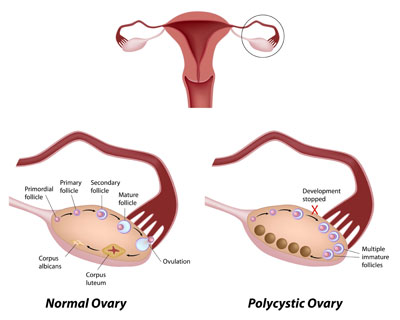
The polycystic ovarian disease is a common condition in the women ovary. It is effect to that a women ovary how to works. The polycystic ovary disease is a condition in which condition the woman's have an imbalance in the female sex hormone. Causes of the imbalance of the female sex hormones can be occur problems in the females like trouble getting pregnant, menstrual cycle, cysts in the ovaries and other health problems.
The causes of these changes there are some hormones affected like:
The progesterone and estrogen female hormone helps for the women ovary to release eggs.
Androgen is a male hormone, it is found in small amounts in women.
Commonly the women eggs are released during menstrual cycle, this process called ovulation. In the most cases the eggs are developed about into two weeks after the when start of the menstrual period. The time period of an egg sixteen to forty four hours, in this period the male sperms are interact with the egg then a women get pregnant and male sperms are not interact with the egg then the egg automatically destroy.
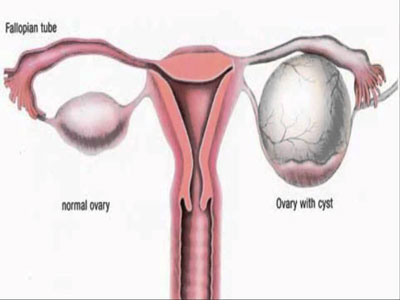
The ovarian cyst is a small fluid filled sacs, the ovarian cysts are developed in the women ovary. Mostly the cysts are harmless and some cysts are can be harmful, they can increase problems like bleeding, pain and rupture. In these situations, moreover the surgical process to be required to remove the cysts. The important part of this process, that should be understand about the functionality of the ovary and how these cysts may form.
Commonly the women’s have two ovaries, the eggs are store in the ovaries and ovaries release the eggs. Both ovaries have size about same of a walnut and ovaries are placed on the each of the uterus. Each ovary has produces a one egg every month. This process starts in the women monthly menstrual cycle. The eggs grows inside the ovaries, egg enclosed in a sac it is known as a follicle.